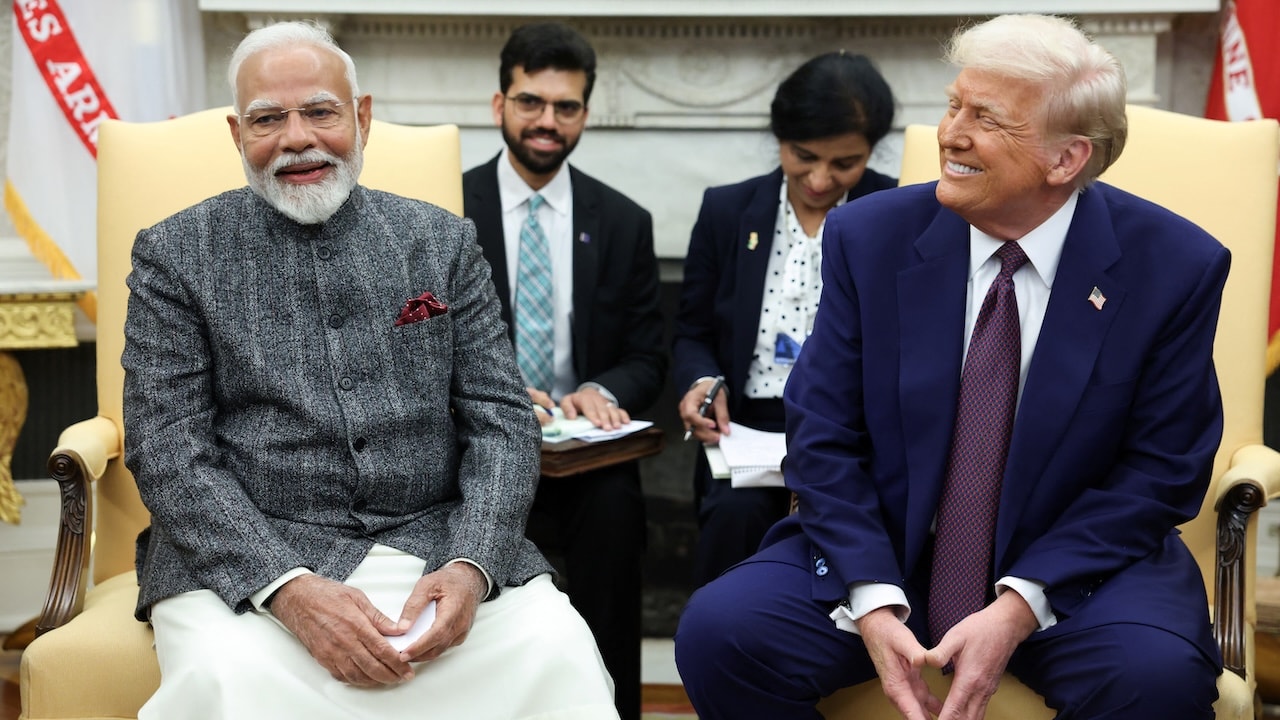Tariffs and Tribulations
Former US President Donald Trump acknowledged that tariffs introduced during his administration created friction with India. This admission highlights
the significant challenges inherent in global trade negotiations and the potential for disagreements among nations. The imposition of tariffs on various goods led to disputes and prompted both countries to address the issues to mitigate the impact on their respective economies. Trump's statement implies a degree of recognition of the negative consequences of these measures and shows the difficulties in maintaining seamless trade ties.
India's Trade Significance
India, a crucial player in the global economy, significantly influenced US trade dynamics. Trump recognized India's growing influence, indicating that the trade relationship was far from easy, and there were points of contention. These points often stemmed from tariff issues and other protectionist measures each nation employed. These differences created complications in managing and strengthening the trade links between the US and India. Understanding India's importance in the trade relationship is critical to grasping the challenges and opportunities of global trade.
The Negotiating Challenges
Negotiating trade agreements and resolving trade disputes with India were not always straightforward during Trump's tenure. He observed that settling these disputes required diligent effort from both sides. Differing views on trade practices, tariffs, and market access complicated the negotiation process. Overcoming these obstacles demanded careful discussion and a willingness to compromise. This situation reflects broader difficulties in navigating the global trade environment and the continuous need for constructive talks between involved countries.
Impact of the Rifts
The trade disputes and tariffs resulted in noticeable impacts on the US and India. These actions affected various industries, including agriculture, manufacturing, and technology. They prompted both countries to re-evaluate their trade strategies, which, in turn, affected the trade volume between the two nations. Consequently, many companies dealt with difficulties, and businesses adapted to the new trade realities. Therefore, the impact of these trade rifts was far-reaching, influencing economic activities and the strategic relationship between the US and India.
Seeking a Balance
The challenge for both the US and India was to find a balance that would protect their national interests while also promoting trade. This involved reducing tariffs and opening up markets. Both countries sought to resolve their differences through direct negotiations, aiming to find a way forward that supported fair trade practices. These efforts highlighted the complicated nature of balancing economic requirements and political objectives, a common challenge in international trade and diplomacy.
Future Trade Outlook
Looking at the future of US-India trade relations indicates a period of evolution. The ability of both nations to find common ground and negotiate agreements is crucial. Trade patterns between the two nations will constantly evolve based on global trends and changing economic conditions. The outcomes of ongoing negotiations and future trade strategies will significantly shape their economic partnership. The future is about navigating a constantly shifting world market and making trade decisions which affect their economic futures.













